Not so long ago, the idea of shipping roses across the country was almost unheard of. If you wanted a particular type, you bought it locally or you couldn’t buy it all.
While I’m all for supporting local businesses, this was a rather limiting situation.
Then Jackson & Perkins hit the scene and shipping roses (and other plants) became wildly popular.
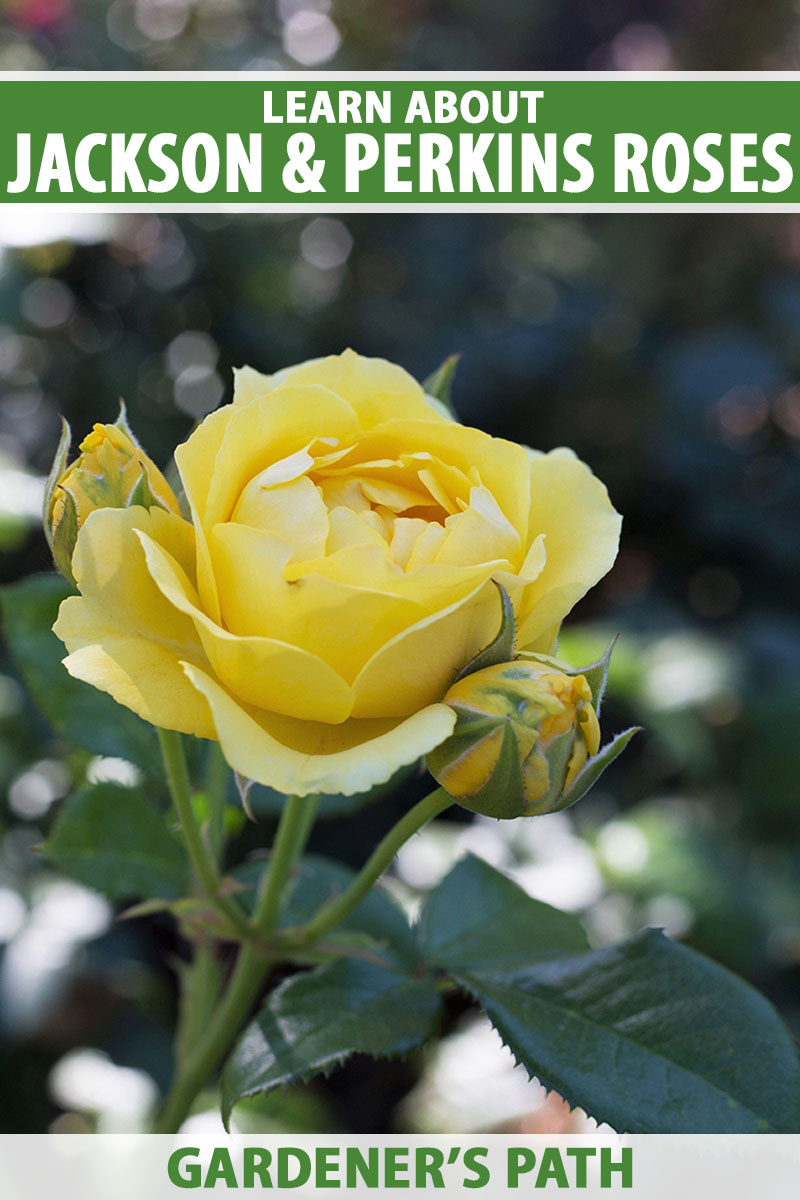
We link to vendors to help you find relevant products. If you buy from one of our links, we may earn a commission.
The company bred their own roses and would send them to you even if you lived on the opposite coast. Suddenly, people could get their hands on hybrids that they’d never heard of before.
Imagine how exciting a time that would have been.
The company also worked hard at breeding new types of roses, and they’re responsible for the introduction of the fabulous floribunda category that fills so many catalogs.
Jackson & Perkins also spearheaded efforts to pass laws that would allow growers to patent plants.
Whether you support the ability to patent a plant or not, there’s no denying that it has resulted in some pretty incredible cultivation efforts and has no doubt brought us cultivars many of us never could have dreamed of.
If you’re a Rosa lover, your knowledge of the genus simply isn’t complete without knowing a bit about this popular and storied company.
We’re going to make you a J&P expert by chatting about the following:
What You’ll Learn
David Austin and Knock Out roses might get all the attention, but Jackson & Perkins has been out there changing the breeding landscape for a long time.
So let’s talk all things J&P…
What Is Jackson & Perkins?
Jackson & Perkins started out in New York as a farm founded by Charles Hinsdale Perkins in 1872, with financial backing from his father, Albert E. Jackson.
They sold plants like strawberries, raspberries, and grapes wholesale and directly to retail customers.

By 1882, Charles was ready to expand, and roses topped the list of plants he wanted to explore. In 1884, Charles hired E. Alvin Miller to breed a new variety for the company to sell.
In 1901, ‘Dorothy Perkins’ was introduced to the world, and it has been a best-selling beloved variety ever since. This pretty pink rambler can be found in gardens across the globe.
The gamble paid off. From its founding until 1924, the company went from making an average of $10,000 a year to nearly $1,000,000.
When Charles’ nephew, C.H. Perkins, took over the business, he made roses an even larger focus for the company.
As part of that renewed effort, he brought in botanist Jean Henri Nicholas. When Dr. Nicholas died, his understudy, Eugene Boerner, continued this work.
Boerner collected thousands of cuttings from European growers and used them to develop what we now call floribundas.
He hybridized 60 different floribundas during his 45-year tenure, and his work led to establishment of the category now known as floribundas with the American Rose Society.
Boerner was succeeded by William Warriner, who developed another 100 hybrids.
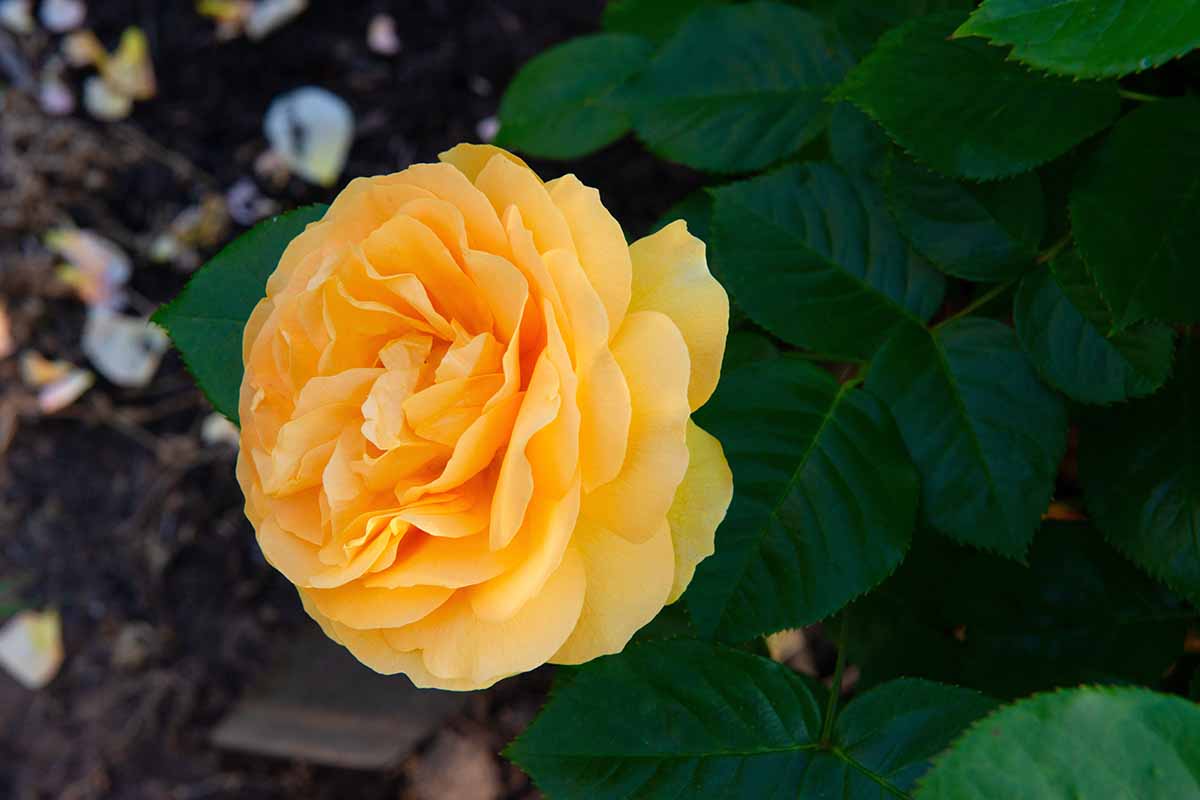
The company also worked to establish a law that allowed them to patent their creations.
Jackson & Perkins pioneered shipping these plants through the mail in response to 1939 World’s Fair visitors who spent time in the company’s garden and asked them to ship bare roots back to their homes.
Over 40,000 plants were sent out to customers that year, and the first mail-order rose business hit the world.
In 1966, the company was bought out by the world’s largest mail-order fruit business, Harry and David, LLC.
The company continued to grow, and in 1973, their headquarters was moved to Tustin, California.
They ship over two million roses and other plants like forsythia and dogwoods annually. Today, J&P is owned by Western Capital Resources.
Growing Jackson & Perkins Roses
Jackson & Perkins roses are only sold as bare roots. That makes sense, since they’re focused on mail order business.
If you’ve never purchased and planted a bare-root rose before, read our guide to familiarize yourself with the process.
Otherwise, their selections are similar to almost anyone else’s, with options ranging from dwarf plants to towering climbers, and delicate, elegant beauties to tough-as-nails hybrids.
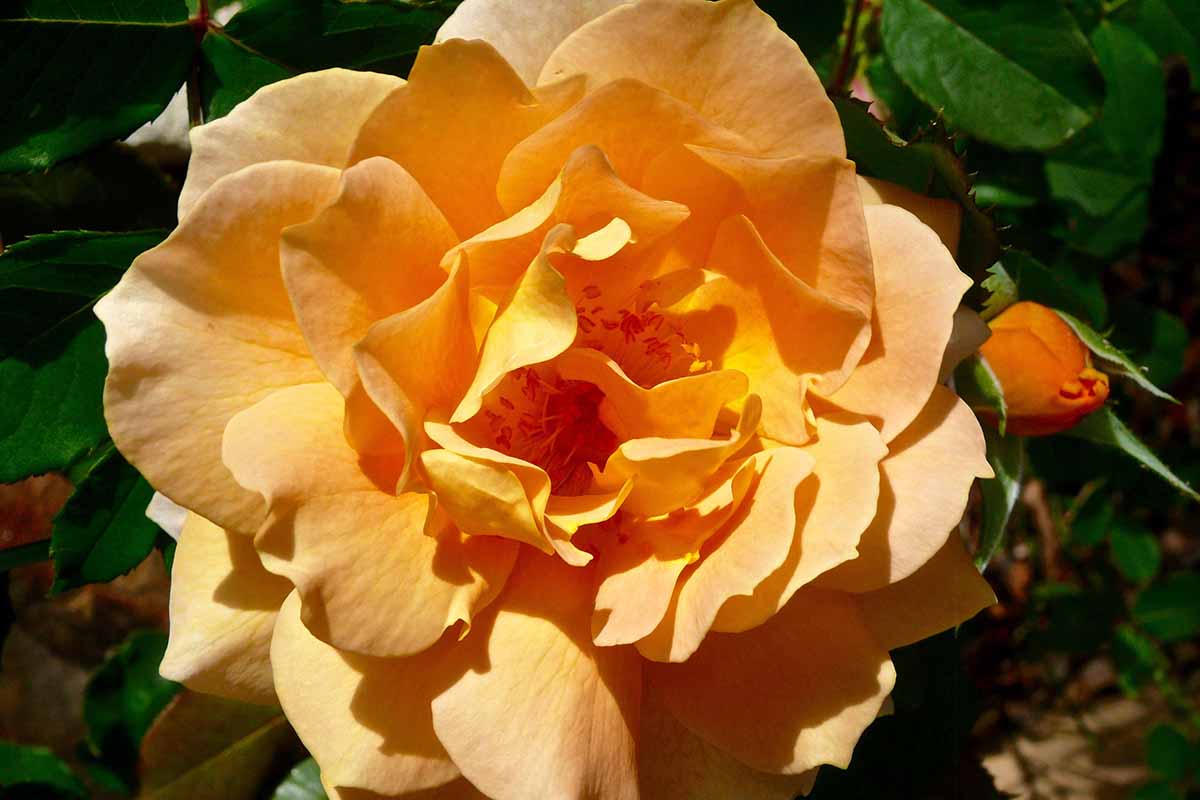
While they initially specialized in floribundas, the company sells shrubs, climbers, hybrid teas, and more.
We walk you through the process of planting and growing roses in our guide if you’re looking for a place to get started.
Cultivars to Select
Jackson & Perkins sells both their own house-bred varieties and those bred by others.
They carry some fantastic options, like ‘Mister Lincoln,’ Meilland’s perennial favorite ‘Peace,’ and my own favorite climber ‘Zephirine Drouhin.’
But let’s focus on some of their most popular, own-bred, beautiful hybrids:
Brigadoon
‘Brigadoon’ is a hybrid tea that stands out, with idyllic coral and cream blossoms that darken as they age.
The full flowers appear throughout the growing season on single stems, perfect for cutting.
At a tidy three feet tall, this cultivar does well both as a garden shrub and in containers.
Pick up a bare root from Amazon’s Jackson & Perkins store for growing in Zones 6 to 9.
Dorothy Perkins
The classics stick around for a reason.
‘Dorothy Perkins’ has been a beloved for decades because she’s so beautiful, blooming reliably starting in late spring with tons of dark pink double blossoms.
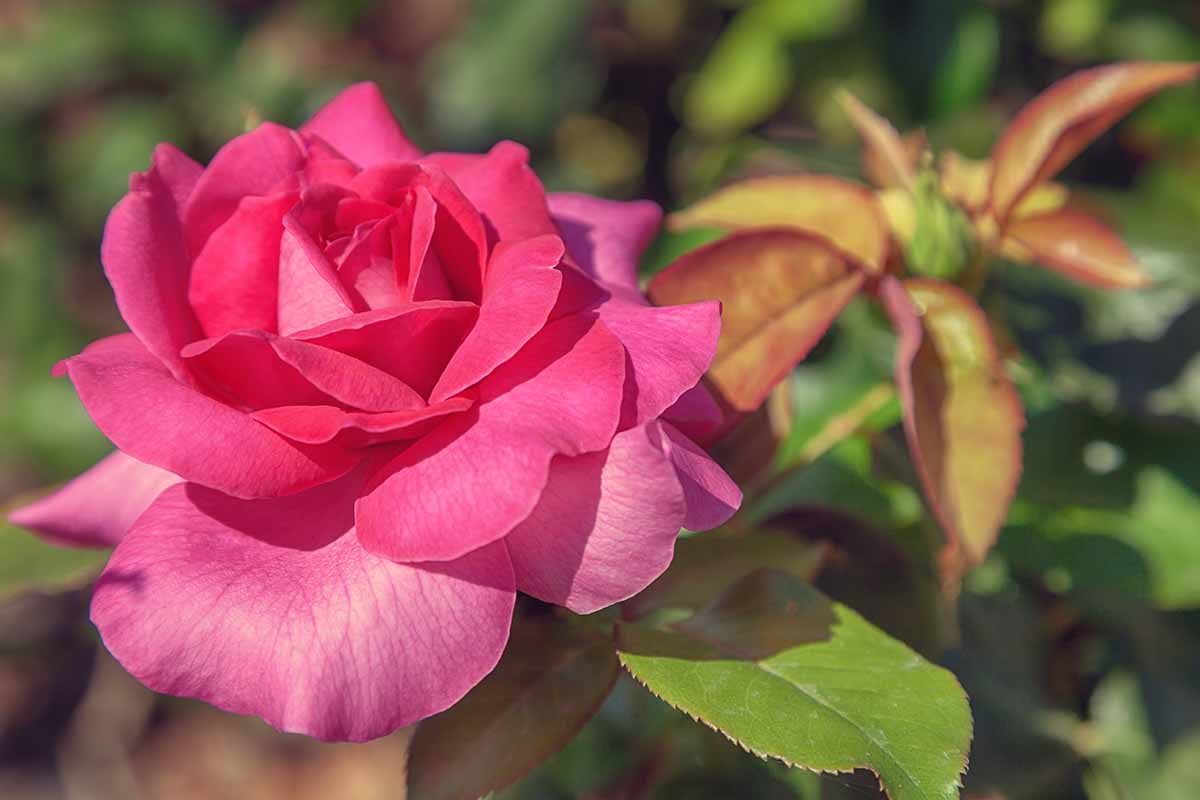
Hardy to Zone 4 and reaching up to 10 feet tall, this rambler needs support to look its best.
High Society
With large, double blossoms in small clusters and a heady damask fragrance, ‘High Society’ has a lot to offer.
This bright fuchsia pink climber can reach up to 14 feet tall in Zones 7 to 9. It’s a vigorous grower and will continue to rebloom with regular deadheading.
Never Been Redder
Things have never been better with ‘Never Been Redder.’
New to the market, it has nearly black buds that open to reveal fully double true red blossoms that appear in flushes throughout the season. It grows up to four feet tall and is resistant to pests and diseases.
They liked it so much that Jackson & Perkins named it their Rose of the Year for 2023. Grow this floribunda in Zones 5 to 9.
Walking on Sunshine
A good yellow rose can be hard to find. So many of them fade too quickly, so you only get to enjoy the sunny color for a brief moment. But ‘Walking on Sunshine’ keeps the joy going.
It holds color well, eventually turning a medium yellow hue before falling from the plant.
This cultivar blooms in flushes with medium-sized, full flowers in large, anise-scented clusters. It grows to four feet tall and is good for Zones 5 to 10.
This type is so nice, it was the All-American Rose Selection in 2011. You can bring it home as a bare root from J&P’s store at Amazon.
Jackson & Perkins Has a Big Impact on the Rose World
Jackson & Perkins set out to bring their roses to the world and it’s pretty clear that they succeeded.
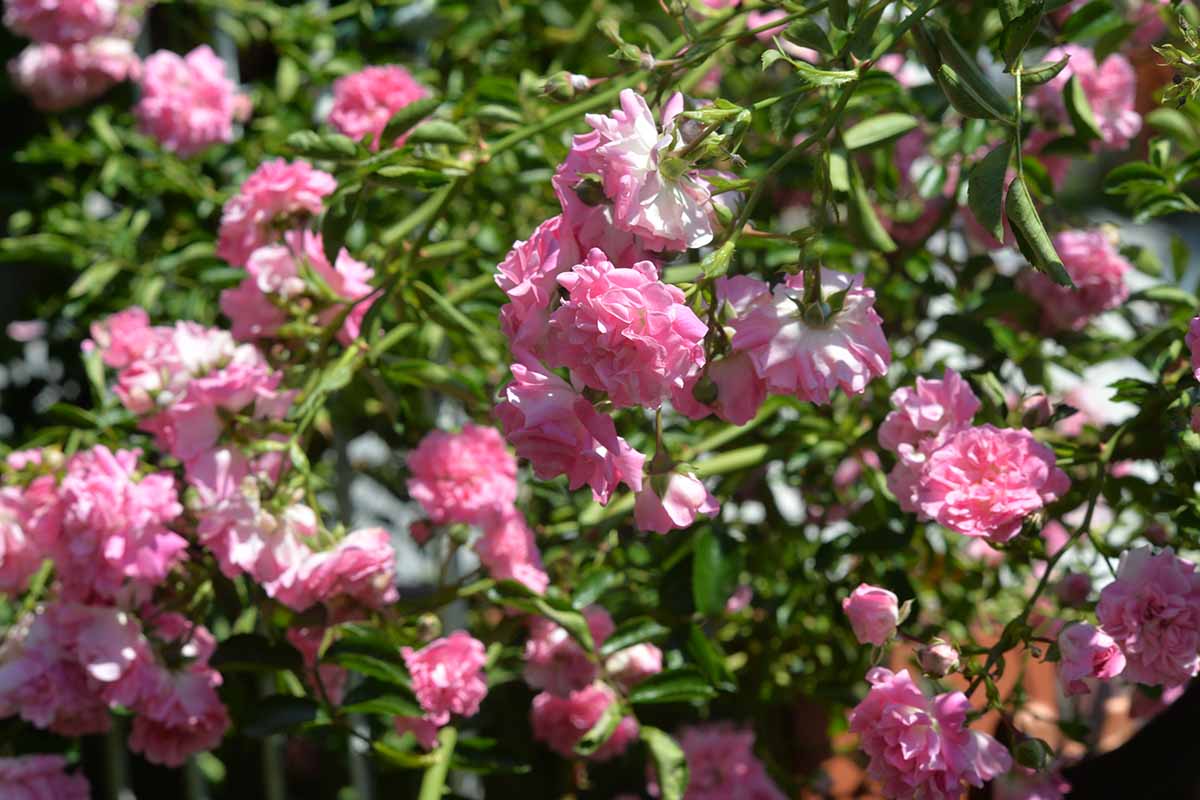
Whether you choose an old classic or one of their newer creations, you’re planting a part of rose history in your garden.
Do you have a favorite J&P plant that we didn’t mention? Share with us in the comments below.
Then, continue on your rose-growing adventure by checking out the following articles next:
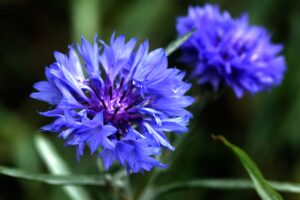

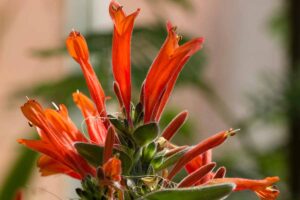
Hi, I am so amazed to see your flower plants articles, thank god to learn about these from yours.
Thanks for reading, Subash!
Last year, I purchased a thornless climbing rose from Jackson &Perkins. It has tripled in size and new growth, and I even have a few buds. However, I have noticed recently that I’m getting more yellow leaves, and a few stems are dying. I have fertilized it. It is in a huge pot and in the sun. Please help. I love the shrub.
Oh no, I’m sorry to hear this. It’s a little hard to give you specifics without knowing more or having some photos. There are many things that can cause yellow leaves and stem death. Can you see can spots or fungal growth? Any sign of insects, like lumps on the stems or stippling in the leaves? If you want to attach a few photos to your response, I might be able to shed some light on the problem.